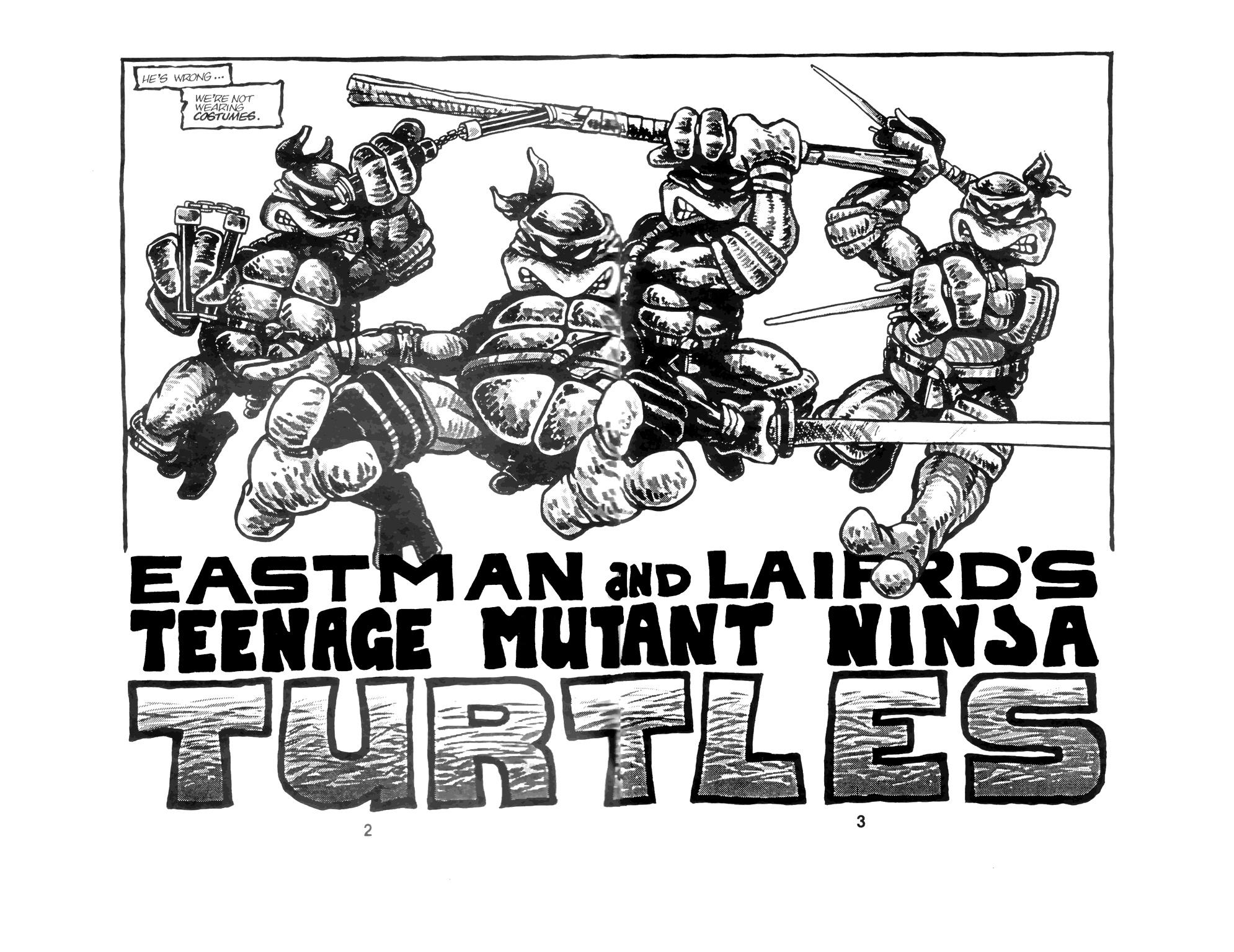So You Want to Read... Teenage Mutant Ninja Turtles
Despite a brief period of hibernation in the late 1990s, the Teenage Mutant Ninja Turtles (or Hero Turtles, if you’re European) have been a mass-marketing force for children everywhere since the start of their animated series in 1989. Action figures, video games, licensed paraphernalia, movies both live action and animated, and multiple animated spin-offs from both sides of the Pacific have all followed that original show’s premiere. However, comic books have been where the Turtles came from, and they never stray from comics for long.
But where to start? Honestly, there are several ways to get a TMNT fix, but it depends on what you want.
First is the original series from 1984, by Kevin Eastman and Peter Laird. Beginning as a literal parody of Daredevil with a touch of X-Men, the first issue of the TMNT featured the turtles raised by Splinter (Daredevil’s mentor being Stick), fighting the Foot (DD fought the Hand), and even Matt Murdock would guest-star (unnamed) in their eventual origin story. However, Eastman and Laird would actually work hard to straddle a line between grim action and bizarre parody. Pop culture references from the mid-80s abound, and the Turtles often find themselves in serious situations with a few jokes at Hand.
Lasting for 62 issues in the first volume, along with a ton of one-shot issues and a veritable who’s who of independent writers and authors of the 80s, the main focus of the overall first volume is the Turtles and their fight with the Foot Clan. Dozens of issues are considered not-canon now but did result in a lot of proper character development at the time.
The main weakness to this corner of the franchise is that the turtles begin as a bunch of overly similar characters. As the issues go on, and each turtle receives a spotlight issue, everyone begins to slowly develop into something closer to what modern fans would recognize. The animated series came out around this time and would provide some feedback into the comics at the time. Also, the comic wasn’t against doing crazy things, like having the turtles dragged into space to fight humanoid Triceratops in gladiatorial combat.
The best way to read this part of the franchise is with the recent collections released by IDW. The hardback or paperback Ultimate Collections are fantastic, collecting the ‘canon’ issues in a black and white format. The print quality is spectacular, and the pages are incredibly thick for a mass-release collection. If it’s your thing, you can even use them as (slightly expensive) coloring books. If pre-colored is more your thing, IDW also did a Color Classics release that can easily be found individually or collected. The only weakness to that version is the fact that the Turtles all share flesh and bandanna tones, unlike most of the franchise, and it makes it hard to tell the turtles apart.
That said, you can do whatever you want if you choose.
Volume 3 of TMNT is currently being republished by IDW as well. Under the title of Urban Legends, Volume 3 is colored to the same standards as the Volume 1 re-release. However, the higher detail of artworks great with the colors, and the turtles quickly find themselves altered through the main story. Raphael is facially disfigured, Donatello becomes a cyborg, and Leonardo even loses a hand. Volume 3 was canceled before it could end initially, and IDW has promised to have new issues made to finally resolve the story.
Also released in the 1990s was Archie Comics’ attempt at the Teenage Mutant Ninja Turtles. Aimed at a more family-friendly market, this version branches off from the original animated series rather than the comic. However, while it is equally silly at first, the book branches out into environmentalism (something Archie pushed heavily on in the 90s) and winds up taking some especially bizarre turns. Several times, the Turtles wind up teaming up with their future counterparts from 200+ years in the future. The ice caps have melted, the rainforests have burned, and Raphael is missing an eye.
These future selves would go on several adventures with their past selves, but the most strange has to belong to the time Hitler’s brain was put into a genocidal robot. So they went back to World War 2, Future Raphael punched Hitler in the face…
...and the Future Leonardo then convinced Hitler to kill himself.
This was comics code approved, people, and the books even had an official crossover with Archie himself. These comics languished in obscurity for decades, until IDW started putting collections out of the old TMNT Adventures issues. They’re up to through volume 16 or so now and have collected just about every comic published under Archie during their run.
Finally, there’s the current IDW run. This comic straddles a similar humor and drama line as the original series, but with a different take on the turtles themselves. While still mutants, the turtles and Splinter are reincarnations of Hamato Yoshi and his four sons. While the mysticism would seem out of place with any other franchise, it really works with the TMNT franchise. The Shredder, Krang, and all sorts of other old enemies show up in new designs, and the whole run has so far been nothing short of incredible. If you’re a TMNT fan at all, you need to pick this comic up.
Amusingly, IDW hasn’t shied away from sharing this team with their other properties, too. They’ve teamed up with the Ghostbusters…
... fight the nightmares of Lovecraft…
And then there’s the fact that they keep teaming up with Batman.
Yeah, TMNT looks to continue to be totally excellent. No matter where you choose to begin, there’s some radical times ahead.
















